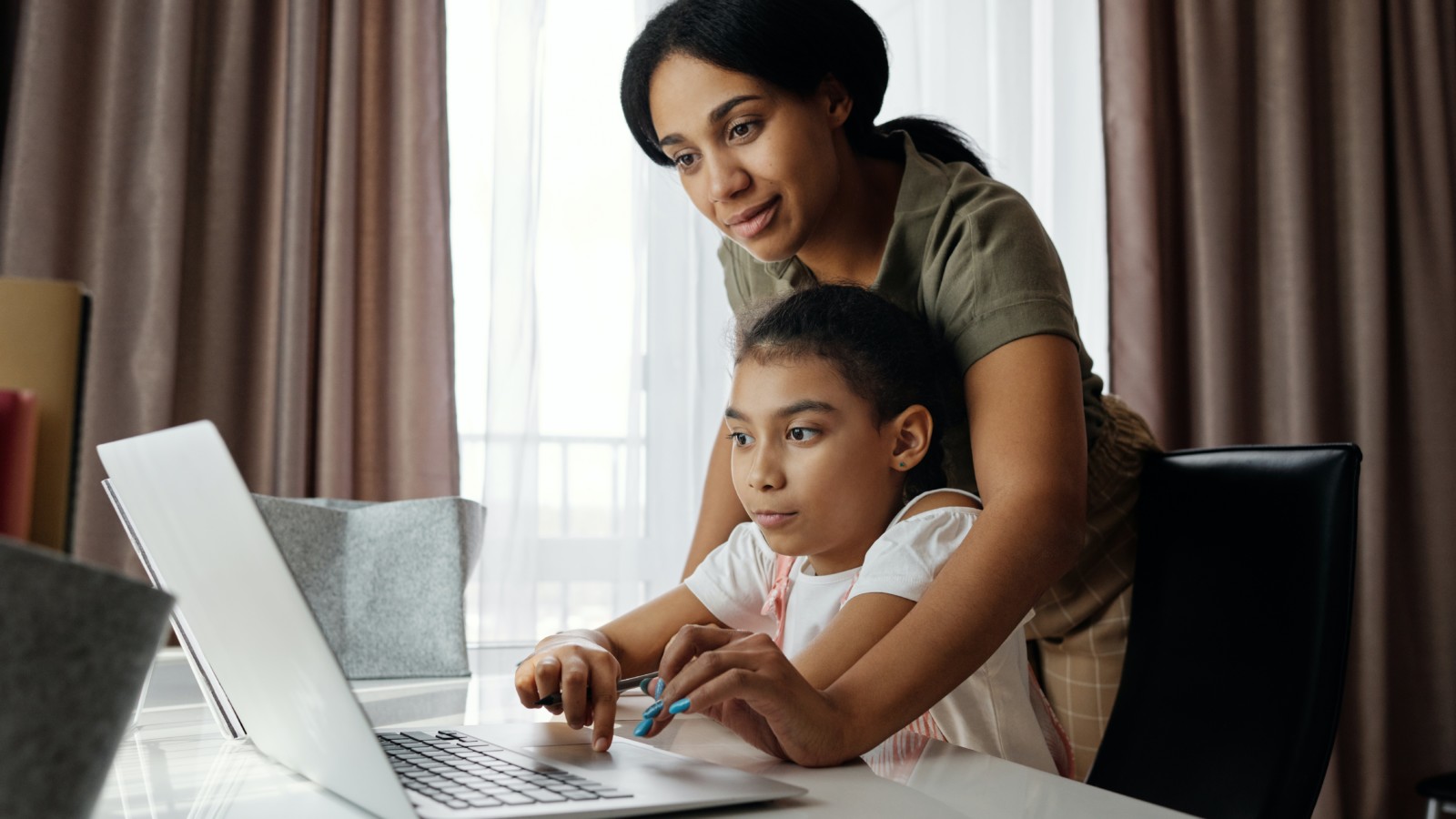It’s no secret that over the past year, our nation’s public education system has been put to the test. COVID-19 forced schools to close and financial threats limited individual families’ abilities to give their K-12 students the support they needed. As a result, many students were left at home with no clear roadmap of how they would continue to learn in the coming months. As schools scrambled to provide children with those resources, it became clear that different cities would succeed and fail in remote education across an enormous spectrum. Parents, educators, and students wondered if their local schools would be at the top or bottom of this achievement ladder.
The specific details of how different schools succeeded and failed in remote education will come in years’ time. But for now, Grand Canyon University, a higher education institution that regularly provides remote instruction, compiled a list of the best and worst-prepared cities for remote learning. The ranking is based on factors like existing school spending for students, internet and computer access, costs of private tutors and prevalence of ADHD in student populations.
Based on the rankings from the study, Detroit, Memphis and New Orleans are the three cities least prepared for remote learning. Each city earned under 40 out of a possible 100 points that indicated success. The low scores emerged from a combination of indicators that the cities would fail in remote learning. In Detroit, for instance, over 20% of households did not have computer access, a ratio that, when combined with markedly low median household income means that many students were left without financial support and digital resources to keep learning online.
For those wondering if any city could be adequately prepared for the rush to remote instruction, it’s true that remote learning is a challenge no matter what resources are available. However, in the top-scoring cities like Seattle and Virginia Beach, preparedness scores totaled to 70 or more. In places like these, many schools even provide students with laptops or iPads to bring home.
The remote learning inequity in different cities could mean that students across the country face wider achievement gaps than ever before. Furthermore, according to a new report from McKinsey, the inequities aren’t only attached to geographic boundaries but will lead to greater achievement gaps for students of color, as Black, Hispanic and Indigenous communities are hit especially hard by the pandemic.
Despite all of these dark statistics, it’s important to note that there is room for educational growth everywhere. Our national necessity to learn online has opened up possibilities for remote and in-person learning in the future. So many community organizations have stepped up to the plate to support local students in achieving their education goals. As we move forward, hopefully, students will be able to return to schools that are better than the ones they left last year.
You can view the full report on the most and least equipped cities for remote learning here.


